With the recent release of Playdead’s newest game, Inside, there has never been a better time to take a look back at the developer’s first game, Limbo. It’s been six years since players set out into the strange shadow world of Limbo, and a lot has changed in the realm of video games.
The most obvious difference: smaller indie titles are now a tried and true pillar of the industry, allowing more artistic games to not only find an audience, but to flourish. That said, even after six years of similar games, there is still something undeniably special about Limbo.
Even years later, Limbo’s art style is entirely unique. But more than that, the game as a whole is still haunting, with a distinctively quite, devilish innocence. The puzzles are still well crafted, and the game’s polish is just as refreshing as Inside’s. And perhaps because of all this, Limbo instead shows its age the most when it comes to the narrative and how Playdead utilizes the game world.
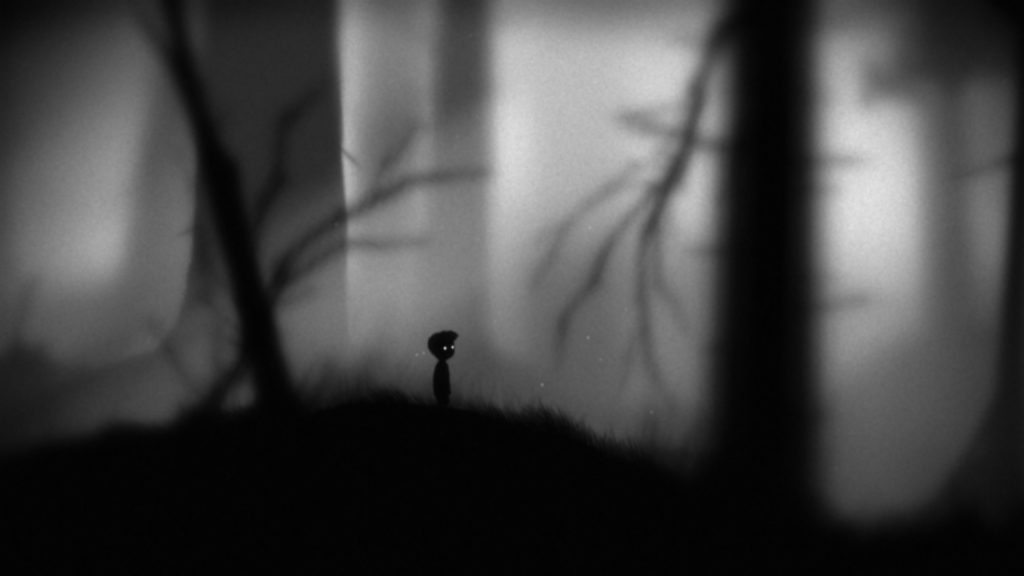
On the surface, there isn’t all that much to Limbo. You wake up as a little boy in a dark forest. His blinking eyes are pinpricks of light in an otherwise shadow-filled, charcoal painting of wilderness. No instruction, no introduction, you’re simply given an open path to the right and the freedom to follow it. There’s no dialogue, text, or just about anything else you’d immediately recognize as a story.
Of course, that’s not to say that there isn’t a narrative. The storytelling is there, but buried a bit in the emotional symbolism of the game. Beyond that, the biggest clue Limbo gives is actually in its one line of promotional material: “Uncertain of his sister’s fate, a boy enters Limbo.” But that’s only a tiny piece of the puzzle.
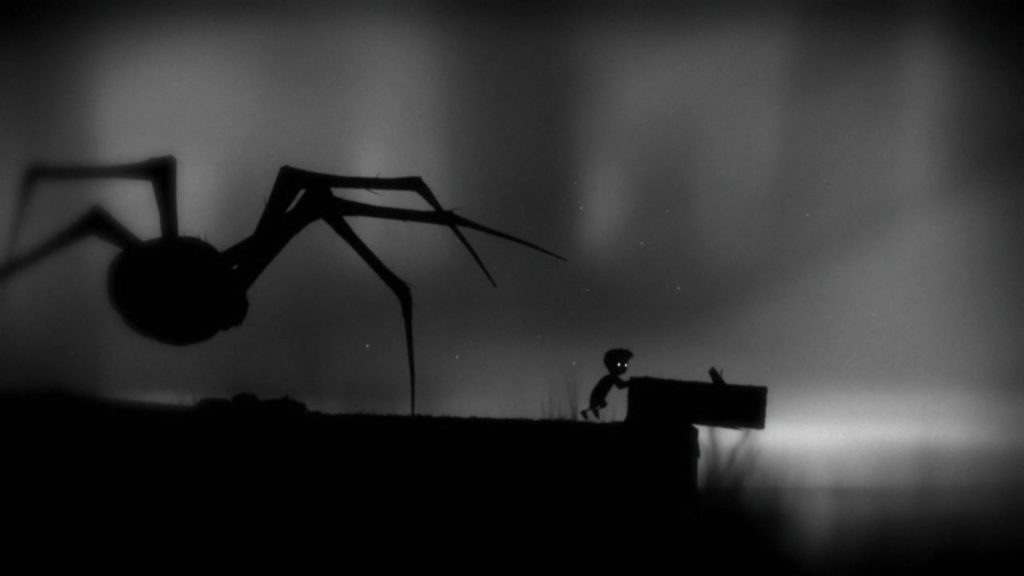
Limbo is a game made up of a child’s worst fears. First come spiders and strange, savage hunters, then the fears of drowning, buzz saws, and electricity, all wrapped up in a fear of the dark. Through the game’s short playtime, the boy overcomes all of these fears, pushing on as the world progressively erodes from nature into nothing but factories and industrial equipment. And he does it all just in the hopes of finding his sister.
Even today, six years later, you can still debate exactly what the ending of Limbo means. It’s vague in the best of ways, leaving gamers with their own conclusions. It’s a remarkable piece of narrative design and poignant storytelling, but the world of shadows and the purely emotional story are also just not something you would see in a modern game.
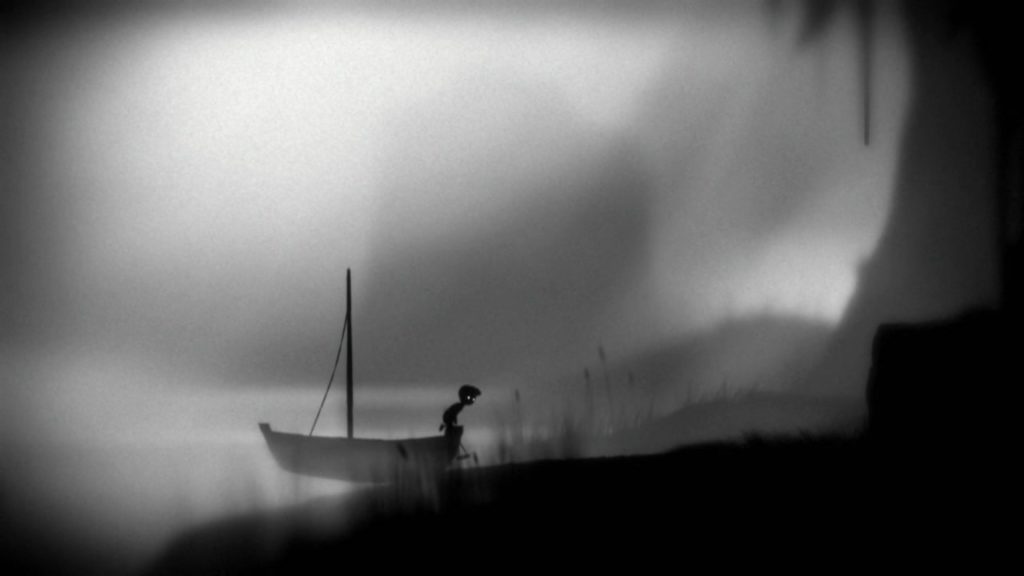
For an example, one need only look at Inside. Playdead’s follow-up to Limbo is a sidescrolling platformer as well, featuring a little boy, struggling to overcome obstacles in his strong urge to keep moving to the right. But the main difference comes in just how grounded the story is. Instead of an abstract world of fear and nightmare, Inside presents players with a rich, detailed, grotesquely dystopian future.
Abandoned cars and trains rust away as cities shake with the rhythmic marching of mindless slaves. People work and live in this world. Dogs scavenge for meat in the streets. And horrible things take place inside massive corporate facilities. While, again, the ending is certainly up to interpretation, there’s a discernible reality to the world of Inside.
Simply put, be it in terms of the setting or even the boy’s end goal and motivations, there’s a lot more going on in Inside than there is in Limbo. But that’s neither a good nor a bad thing. It’s simply different, as both titles tell radically different stories, in spite of their surface similarities.
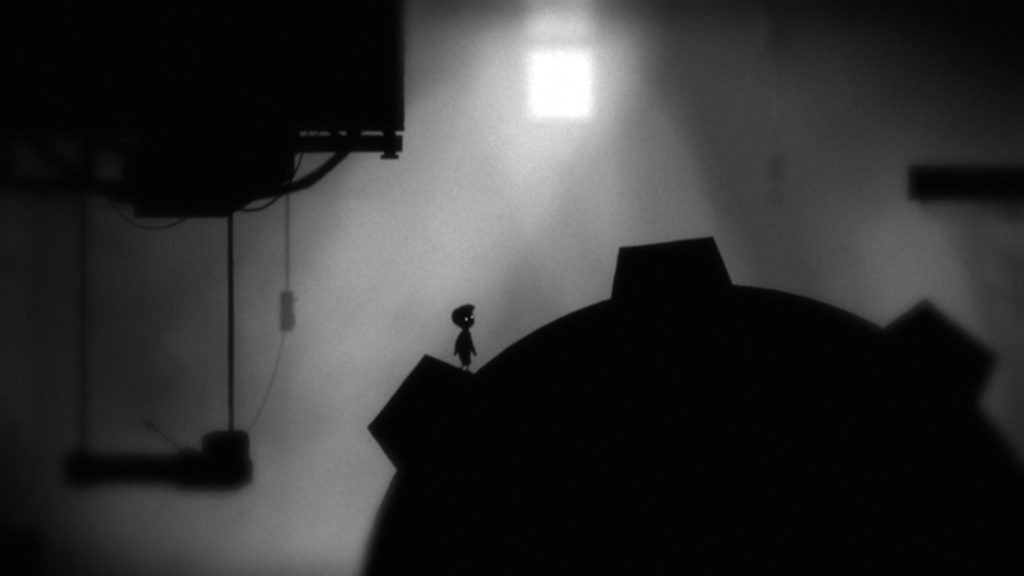
Games have gotten much better at telling stories over the past six years. And as developers have refined those tools, the narratives in games have changed because of it.
Looking at a similar example, the same leap is visible in the titles from Thatgamecompany, another group that has helped define the golden standard for modern minimalist games. In 2009, Thatgamecompany released Flower, an abstract voyage from the exquisiteness of nature to the degradation of industry and urban living. There’s no concrete story. The game is instead more concerned with the emotions the player feels, and showcasing the power of life and the simplistic beauty in the world.
Contrast that with 2012’s Journey. In Journey, Thatgamecompany delivers a larger world, full of living beings with a history and interactions reaching far beyond just the player. This emphasis on the world around the player is part of what makes Inside and Journey the games they are. With that said though, the intangible worlds of emotion are exactly what define Limbo and Flower.
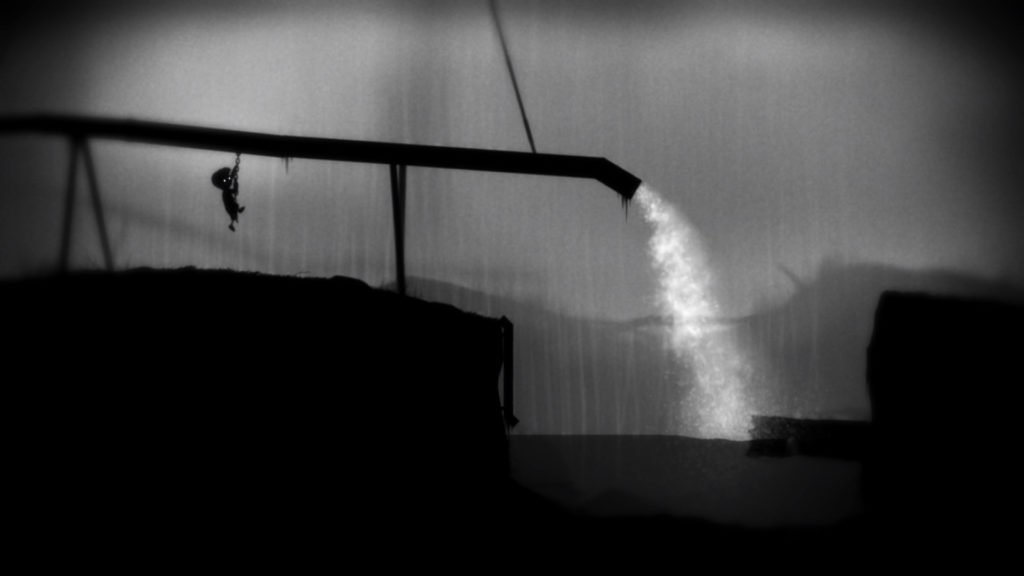
Limbo doesn’t hold up after all this time because it is like modern games. It holds up because its not. Just as it was a breath of fresh, admittedly creepy, air back in 2010, Limbo can be the same thing again.
It’s true that some parts of the game might feel a bit antiquated, especially to anyone that has played Inside, but that passes. Dying the moment water covers the little boy’s head is a shock the first time it happens, for instance. But settling back into the mentality of ‘everything and everyone in this world is here to kill me’ soon makes the water just another piece of Limo’s overall strong puzzle mechanics.
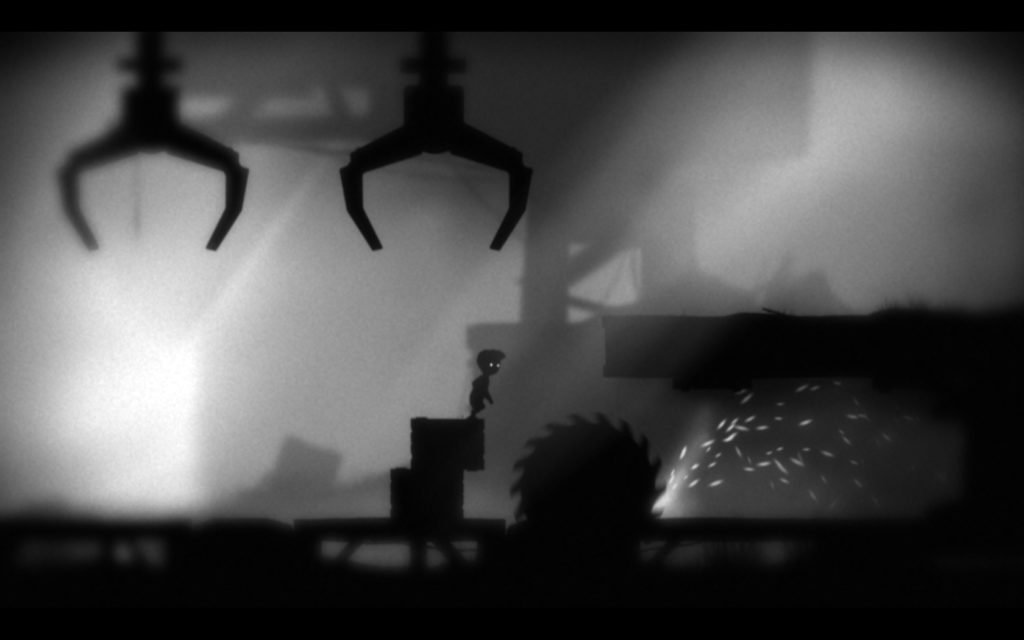
Likewise, the game moves slowly, a consequence of a focus on those same puzzles. With less emphasis put on the environment, the setting is there mainly as an obstacle to overcome. Not playing into a direct narrative allows for puzzles to push the envelope. As the boy ventures into spinning rooms of machine guns and buzz saws, sure it might not make the most sense, but it sets up truly memorable hurdles throughout.
Taking all of this together, Limbo manages an eerie, dark tone from beginning to end. While the narrative might not be as ambitious as Inside, the heart of Limbo’s storytelling, the drive to overcome fear, is timeless. And it relates that story as deftly as any game, before or since.

